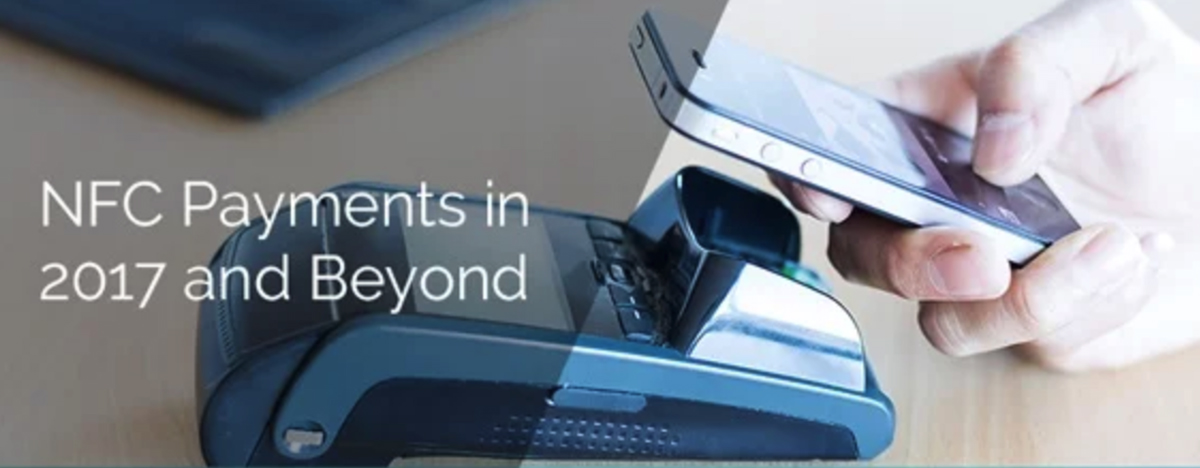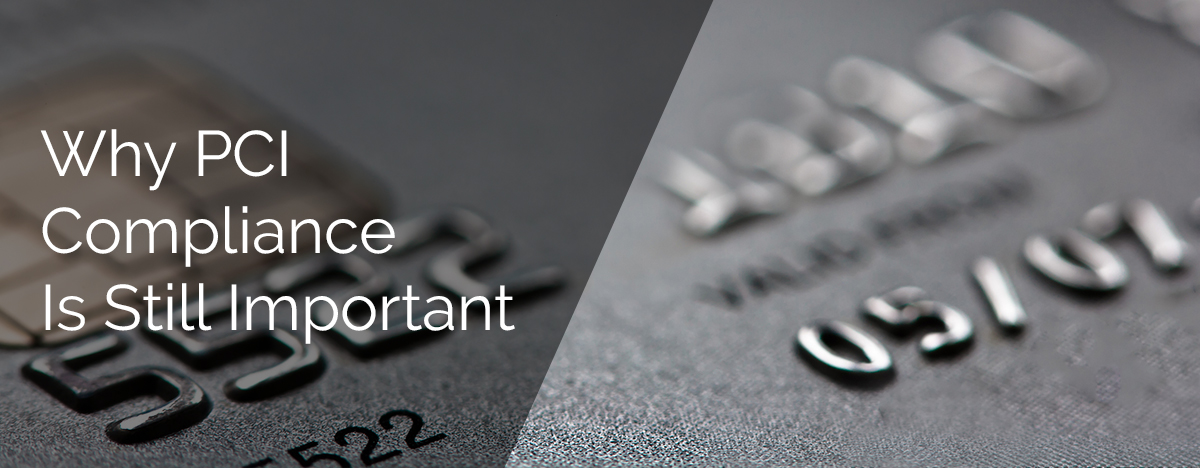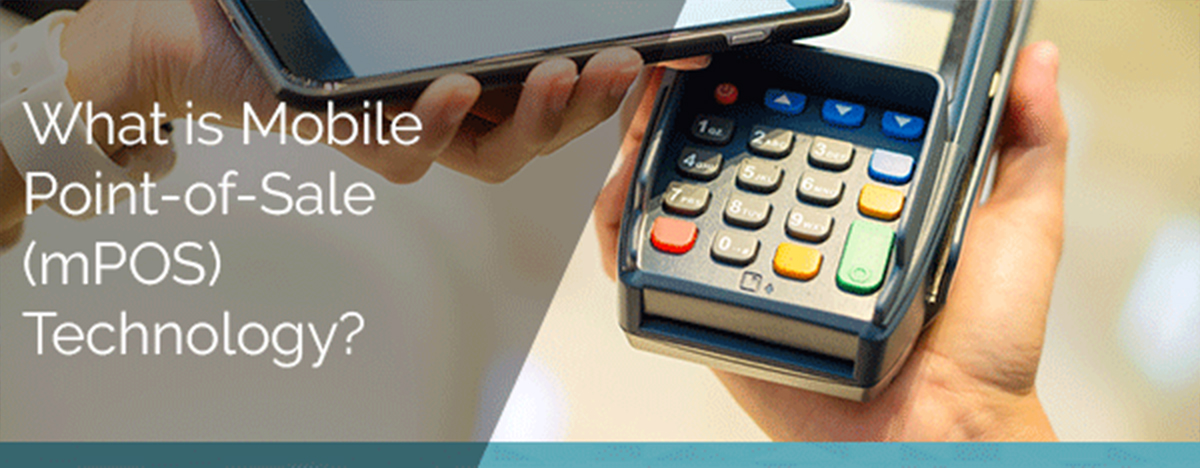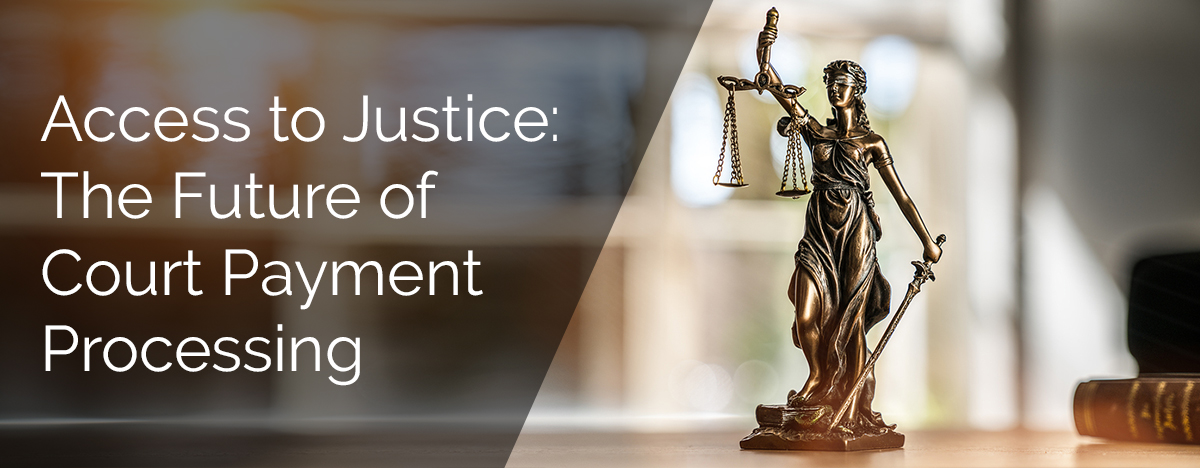[av_image src=’http://home.ncourt.com/wp-content/uploads/2017/05/access-to-justice.jpg’ attachment=’3601′ attachment_size=’full’ align=’center’ styling=” hover=” link=” target=” caption=” font_size=” appearance=” overlay_opacity=’0.4′ overlay_color=’#000000′ overlay_text_color=’#ffffff’ animation=’no-animation’ custom_class=”][/av_image]
[av_image src=’http://home.ncourt.com/wp-content/uploads/2017/05/access-to-justice-2.1.gif’ attachment=’3054′ attachment_size=’full’ align=’center’ styling=” hover=” link=” target=” caption=” font_size=” appearance=” overlay_opacity=’0.4′ overlay_color=’#000000′ overlay_text_color=’#ffffff’ animation=’no-animation’ custom_class=”][/av_image]
[av_textblock size=” font_color=” color=” custom_class=”]
As a result of the national attention gained by Ferguson, Missouri, a nationwide forum is beginning to take shape. This forum, called “Justice for All,” explores how to provide access to justice for those who cannot pay fines as a result of hardship, social inequities, or lack of payment options available to them as citizens. This first part in our series explores how to look beyond payment as a transaction and focus on how payment options can be enhanced to meet the best interest of both the court and its citizens.
What Policies are Recommended to Improve Access to Justice?
The “Justice for All” forum stresses that fines and fees are meant to be a deterrent, not a catastrophic financial burden. As such, the forum provides suggestions and policies for courts to adopt in an effort to help mitigate judicial and financial risk. Examples of policies that support access to justice include:
- Enabling the judge’s discretion to set reasonable penalties
- Basing a defendant’s payment options and plans on their ability to pay
- Offering alternatives to paying fines, such as community service or participating in treatment programs
- Promoting the defendant’s voluntary appearance in court by sending reminders via phone and text to avoid the issuance of failure to appear (FTA)
- Using the suspension of driver’s licenses as a last resort rather than a first step, as doing so often has a negative impact on a defendant’s ability to pay
- Establishing non-jail enforcement alternatives to avoid the costs and associated implications of jail time
- Handling special needs (ADA) offenses appropriately in addition to addressing potential mental health issues
Evaluating the Relationship Between Courts and Citizens
Many courts and government agencies have begun evaluating their relationship with citizens by examining the payment process within the judicial ecosystem. Opening multiple payment channels provides an opportunity for courts and government agencies to better and more effectively serve citizens as well as extend service offerings beyond the transaction itself. This approach has long-term rewards, ranging from increased operational efficiency to minimized occurrences of late payments and case closures.
Each judicial system will have to determine which services and payment options best fit their processes, serve their citizens, and reduce the court’s burden. For instance, by offering recurring payment plans, citizens can make timely automated payments for restitution, which enables citizens who do not have the financial means to pay the full compensation as a single one-time payment. In addition, if courts provide only on-premise payments, it can put a burden on citizens that live in rural areas, potentially causing loss of payments and delay in case closures.
As courts and government agencies make these choices, they will need help tracking community service and other non-financial items (e.g., tracking consequential payments that are not monetary in value, such as community service). And if the government is not funding new legislative mandates, courts will be left carrying the financial burden, which could have a negative impact on revenue for the courts. To aid courts, a reputable payment service provider can act as a trusted advisor to the court and its administrators, helping them reshape their approach to payment acceptance, by implementing long-term solutions that drive positive results for the judicial systems and its citizens.
How nCourt is Shaping a New Perspective on Payments
Every court grapples with decisions around implementing the best payment processing services and case management system (CMS) to support its ever-changing operations. Even courts with access to sophisticated technologies can quickly become entangled with a complex application process. Helping courts streamline their payment process and move towards greater access to justice is a relatively new concept with many payment providers for judicial systems; however, it’s not new to nCourt.
Limited public access to justice, fragmented court processes, reduced financial resources, delayed notification between key personnel in the judicial and enforcement divisions, coupled with roadblocks to obtaining affordable cutting edge technology, are typical challenges for courts, especially if they lack integration between their payment and CMS solutions. Most important, without a solid interface linking these core platforms, courts may unknowingly increase greater risk exposure, that can be damaging and reduce the public’s trust in the judiciary.
nCourt believes that the future of payment processing looks beyond the payment transaction, and how government agencies can improve service to citizens, rather than merely collecting payments. Therefore, one of the best ways to enhance services to citizens is to provide payment options conveniently accessible inside and outside of the courthouse.
With the growing technological advancement in judicial and governmental practices, nCourt has helped thousands of courts alleviate the pressure of falling behind in adopting innovative payment solutions and services. We partner with the courts, to deliver well-designed, easy and secure integration methods, and together we provide timely information and payment options to all citizens.
Please contact nCourt for an initial consultation and evaluation of your current payment processing program. We’re here to help!
[/av_textblock]
[av_social_share title=’Share this entry’ style=” buttons=” custom_class=”]




















